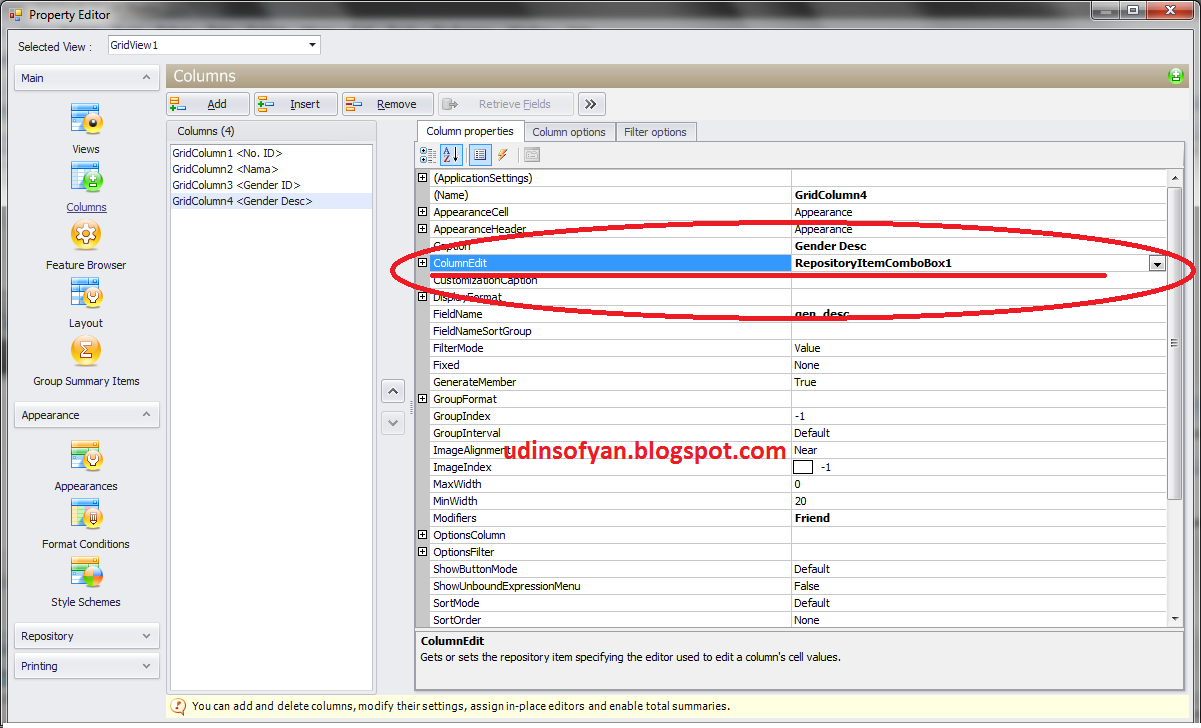
Alternative designs that would have spared the Garden or incorporated it into the new structure were displayed in the 1984 exhibition "Adam’s House in Paradise" at the Storefront for Art and Architecture in SoHo. When the Garden was slated for demolition to make way for a federally funded housing project, many prominent New Yorkers wrote letters and delivered statements of support for Adam and the Garden. For Adam Purple-social activist, philosopher, and urban gardener/revolutionary-the Garden was the medium of his political and artistic expression. Among the many crops and flowers were 100 rose bushes and 45 fruit and nut trees.Īdam "zenvisioned" the Garden expanding until it replaced the skyscrapers of New York. By 1986, his world famous eARThWORK had grown to 15,000 square feet. His circular design had mathematical and metaphysical meaning: The Garden of Eden grew exponentially with the addition of each new ring of plant beds, and at its center was a double Yin-Yang symbol. In addition to traditional composting, Adam made the seven-mile round trip to Central Park on his bicycle almost every day to bring carriage-horse manure back to the Garden, carrying about 60 pounds on each trip. While clearing nearly 5,000 cubic feet of debris using only simple tools and raw muscle power, Adam began to create his own topsoil from materials he found at the site and around the city.

It was a massive undertaking – the site had been buried in rubble from the demolition of two other tenements. In 1975, Adam Purple set out to plant a garden behind his tenement building at a time when the Lower East Side was a crime-ridden wasteland.

The garden was demolished just before City Lore was formed, but it was among the first of many losing battles that pitted beautiful and iconic gardens and street art against plans for "low cost housing." Rare prints of a few of Adam’s 1975-76 negatives will also be shown. On February 2nd,įusion Arts Museum opens an exhibit of Harvey Wang’s photographs, for the most part unpublished and on display for the first time, documenting the expansion of the Garden from 1978 to 1985.


 0 kommentar(er)
0 kommentar(er)
